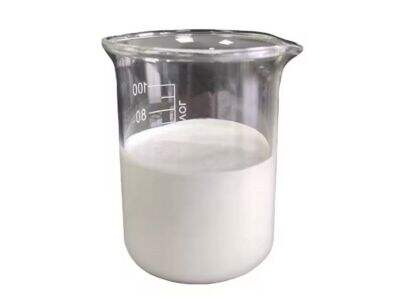Fungicides are just special products to protect plants from bad fungi that can harm or kill them. But there are common misconceptions about fungicides. Organising the misconceptions: Let's fix this.
One widespread misconception is that all fungicides are interchangeable and will work for any type of fungus. This is not true. Different types of Fungicide are designed to combat specific types of fungi, so it is important to use the right one for the fungal infection on your plant.
Another myth: that natural or homemade fungicides are as effective as the store-bought varieties. There are some natural solutions that can prevent fungi, but they are not strong or effective as commercial fungicides. Always go for something tested and tried that you know works.
Finding Good Fungicides
There are a few key things to keep in mind when choosing a fungicide. To start, make sure the fungicide is safe for the type of plant you want to protect. The wrong product may also not be good for your plants.
Next, find a fungicide the works against the specific type of fungus you possess. Different fungi require different treatments, and therefore, it’s critical to use a product that will kill the fungus that is causing trouble.
Finally, consider how the fungicide works. Some fungicides kill fungi instantly, while others prevent the growth of fungi. For what you require, one type of fungicide may be more effective than another.
How Fungicides Work
Fungicides are designed to kill fungi or inhibit their growth. Certain fungicides contain chemicals that cause the cells of fungi to rupture, causing them to die. Others form a coating on the plant’s surface, preventing fungal spores from infecting the plant.
To succeed in using fungicides in the correct manner, timing will be an important consideration. Fungicides perform most effectively when applied before the plants get attacked by fungi. Whatever you decide to use, always follow the guidelines on the label, like your measurements and frequency of application.
Choosing the Right Fungicide
Fungicides are available in many styles. Some work on a wide variety of fungi, while others are type-specific. It is important to choose the right grass fungicide, so consult with a professional or perform research to determine which type you need. When choosing a fungicide, also consider the cost, ease of use, and environmental factors.
Ensuring the effectiveness of fungicides
In addition to picking the proper fungicide, there are other steps to help it work better. First, you will want to apply a fungicide at the first sign of fungus. Prompt action can halt the fungus from spreading and minimize damage to your plants.
Second, employ fungicides as part of a portfolio, along with other plants’ best practices, including watering and pruning. These practices create a space where fungi can’t readily grow, so you might require less fungicide at all.”

 EN
EN
 AR
AR
 BG
BG
 HR
HR
 FR
FR
 DE
DE
 EL
EL
 HI
HI
 IT
IT
 JA
JA
 KO
KO
 PT
PT
 RU
RU
 ES
ES
 TL
TL
 ID
ID
 VI
VI
 TH
TH
 AF
AF
 MS
MS
 SW
SW
 UR
UR
 BN
BN
 CEB
CEB
 GU
GU
 HA
HA
 IG
IG
 KN
KN
 LO
LO
 MR
MR
 SO
SO
 TE
TE
 YO
YO
 ZU
ZU
 ML
ML
 ST
ST
 PS
PS
 SN
SN
 SD
SD
 XH
XH

